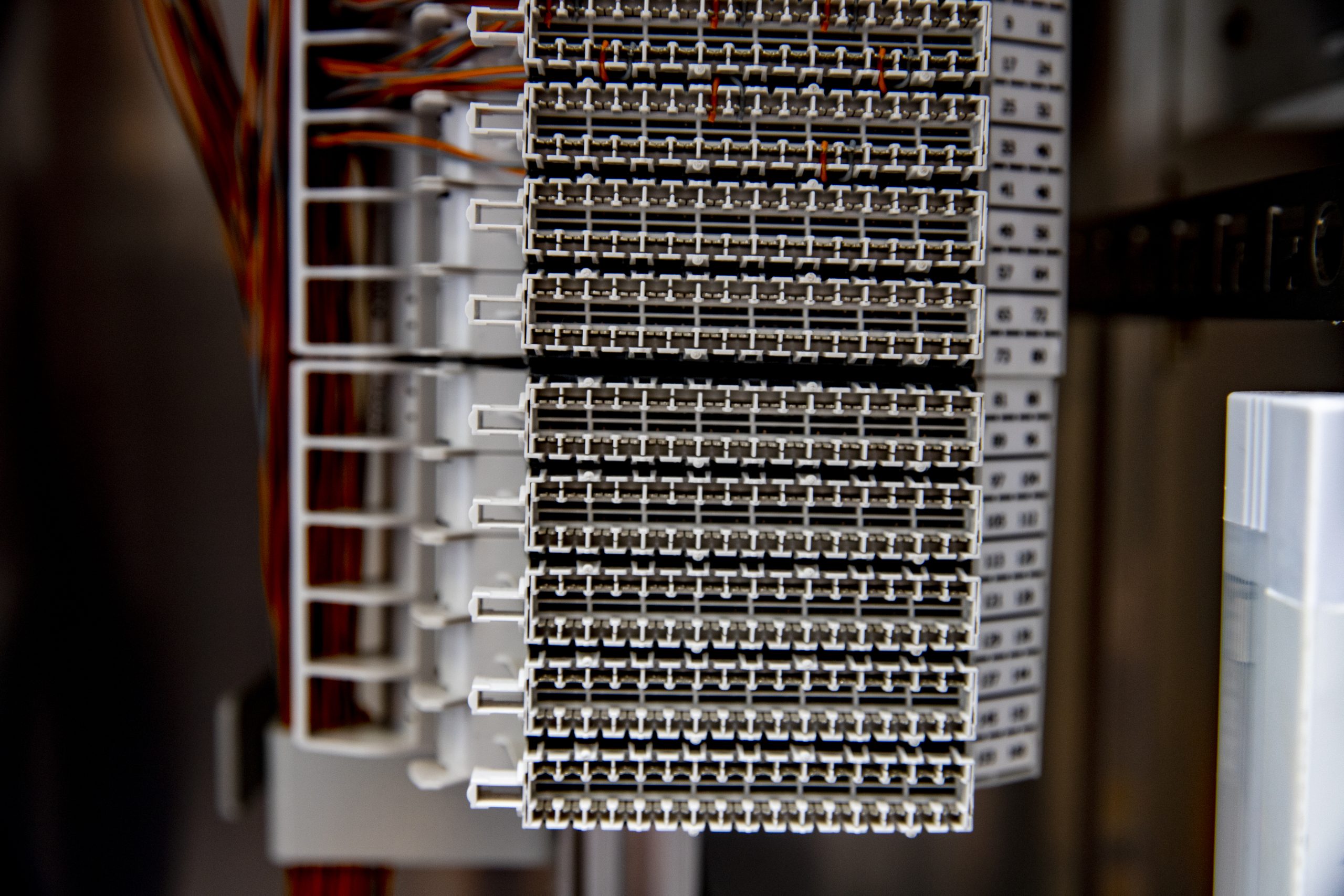
At Bell Laboratories another technological breakthrough is taking place
With the invention of the transistor in 1947, a new era was beginning for the telecommunications sector and in particular for the digital era. In 1962 another key step for this digital era would take place: The T 1 Carrier will bring a new reality to multiplexing.
Multiplexing: A catalyst for the information economy in telecommunications
How to serve more than one subscriber from a common communication channel has been a major challenge for telecommunications from both an economic and technological point of view from the outset. Multiplexing answers this question.
Think of it as follows: Multiplexing works like a vehicle in a lane on a highway. Instead of each person driving their own car (one message per wire), multiplexing allows multiple people to share a vehicle and travel together on the same road. This saves space, time and money.
How the T 1 Carrier transmission system revolutionised multiplexing
By utilizing the digital transmission signal, the T 1 Carrier achieved the transmission of digitized voice in bits instead of in analog format by sending multiple signals at separate time intervals. In this way one telephone line could serve 24 telephone calls simultaneously.
An effect that reaches back to today
T 1 Carrier's technology would offer much better signal quality and pave the way for later technologies in telecommunications, such as ISDN (Integrated Services Digital Network) and DSL (Digital Subscriber Line). The quality of the telecommunications signal, which so plagued technicians and users in the past, will continue to improve until the present day. Subsequent technological changes in this area will be based on the great breakthrough of the T 1 Carrier.
Photo: Distribution box - the impact of the T 1 Carrier reaches back to our days.
Monday – Friday
10:00-17:00
(last entry on 16:00)
Two Sundays each month
10:00-16:00